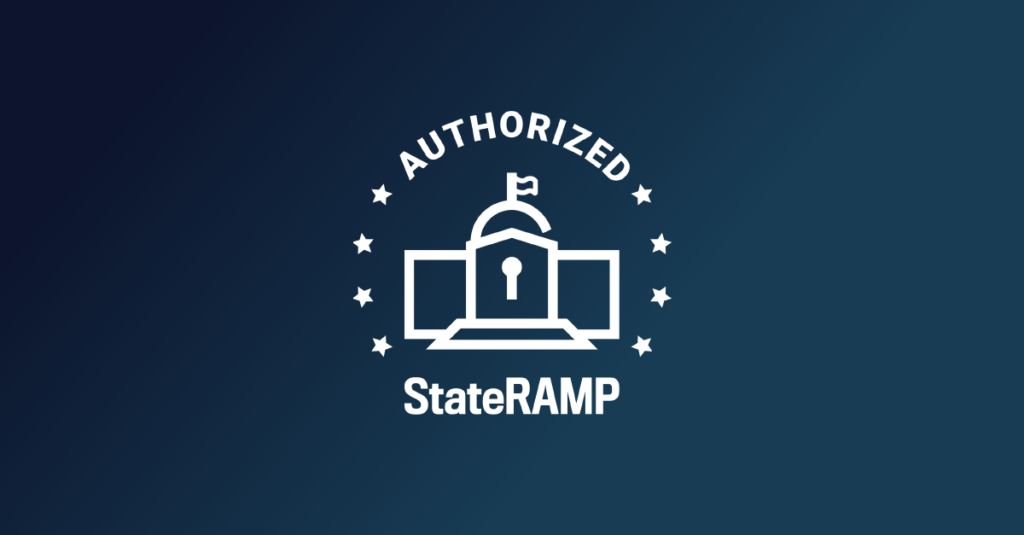How Data and Outreach Help Police Interact More Effectively with the Homeless
Ellie Bennett | 28 August 2019 | 3 minute read

Homelessness in the United States is a nation-wide problem and one that frontline officers encounter on nearly a daily basis.
Nationally, there are more than 550,000 homeless, and the number is growing. Homelessness affects individuals and families alike, as well as all genders and ages. 20 percent of homeless people in the United States are under the age of 18. Another 10 percent are between the ages of 18 and 24.
California has one-quarter of all homeless persons in the United States, with an estimated 134,000 homeless individuals—that’s 34 homeless persons for every 10,000 state residents. And nearly half of California’s homeless are outside the shelter system.
Four other states—New York, Florida, Texas, and Washington—combine to account for another 30 percent of the country’s homeless population.
Who Owns Homelessness?
Being homeless in the United States is not a crime, yet the police are often the first ones called when community members have issues with homeless people in parks or other public spaces. This puts police in a predicament, as they are caught between residents demanding action and vulnerable homeless individuals.
Given this reality, many law enforcement agencies are developing outreach programs to help them interact more effectively with homeless individuals. In Florida, for example, the Sarasota Police Department developed a Homeless Outreach Team (HOT) comprised of a sergeant, four officers, and two civilian case managers. The HOT uses an Educate, Encourage, and Enforcement philosophy (educate individuals on what services are available; encourage referrals to those partner service agencies through outreach and diversion; take enforcement measures when other steps have failed, or circumstances demand immediate action). Deployment of the HOT has resulted in reducing the homeless population of Sarasota by 61 percent since 2015. The program has won awards and become a model for other police departments, including in Denver, Houston, Salt Lake City, and Wichita, among others.
Mental Illness, Substance Abuse, and Homelessness
Numerous factors contribute to issues of homelessness. Across the nation, these include a lack of affordable housing, unemployment, and poverty. However, the two causes of homelessness that frontline officers encounter most frequently are issues of mental illness and substance abuse.
The mentally ill are particularly vulnerable to homelessness. Nearly a quarter of homeless individuals face severe mental illness.
Likewise, in Eastern cities like Buffalo, Philadelphia, and Louisville, police officials will cite the opioid epidemic as contributing to homelessness in their communities. In California and other parts of the West, methamphetamine continues to impact homelessness.
Mental illness and substance abuse can create barriers to accessing and maintaining affordable housing.
Nearly a quarter of all homeless people met the definition of chronic homelessness, which is being continuously homeless for a year or more, or having had a combined 12 months of homelessness in the previous three years.
Thirty percent of people experiencing chronic homelessness have a serious mental illness, and around two-thirds have a substance abuse issue or other chronic health condition.
Interactions with chronically homeless individuals present particular challenges for police, as these individuals are often service-resistant, especially when they have co-occurring mental illness and substance abuse issues. These individuals often require multiple contacts before they agree to accept assistance.
How Mark43 RMS Can Help
The Police Executive Research Forum has identified data-driven solutions as a critical means of innovating in police response to homelessness. Effective use of a department’s RMS is crucial to putting your department’s data to work. Mark43 RMS—a flexible, cloud-based, configurable solution—allows patrol officers to quickly and accurately capture incident information from the field so that records analysts can do just that.
With Mark43 RMS and its customized, configurable fields, officers have insight in near real-time into all the data on record about interactions with an individual and/or their location, ensuring maximum situational awareness.
Mark43 RMS includes ways to assign characteristics to profiles of people known to police. This data is available to any officer searching by a keyword, like an individual’s name, address, or (in the case of the homeless) a shelter or other location where they can typically be found. For example, checkboxes could be included with an individual’s profile indicated whether HOT members have previously spoken with the person and whether information on available social services has already been distributed to them. Likewise, profiles can be tagged with pertinent related data, like whether drugs or alcohol are a factor for an individual.
Armed with this knowledge, officers can more effectively intervene with homeless populations and begin the work of reducing homeless involvement with the criminal justice system and connecting people with the systems of care they need.
Are you considering a new RMS and don’t know where to start? Give us a shout at info@mark43.com and let’s talk about a solution that works for your department.




